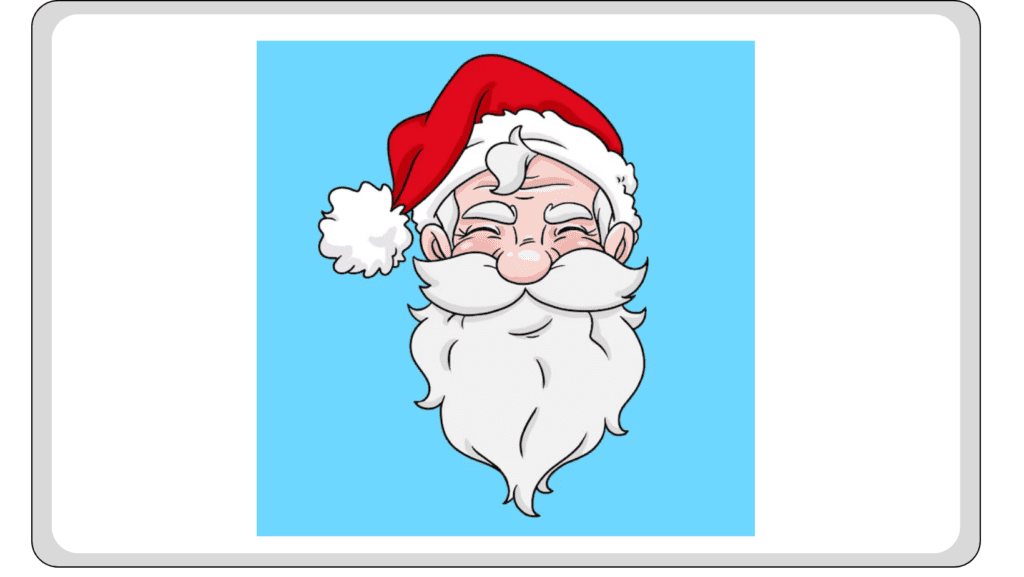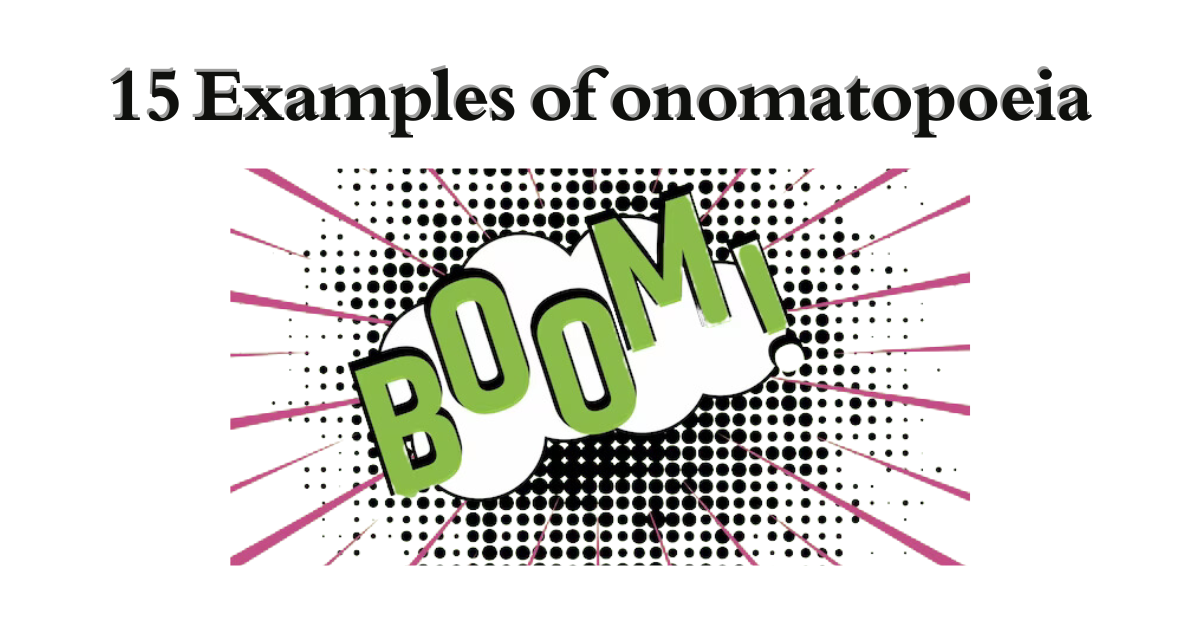Onomatopoeia is a fascinating linguistic device that adds a layer of vividness and sensory appeal to language. These are words that mimic the sounds associated with the objects or actions they describe. Whether in literature, comics, or everyday conversations, onomatopoeia paints a more vibrant picture of the world around us. In this article, we’ll explore 15 captivating examples of onomatopoeia that showcase its unique charm.
1. Buzz
The gentle hum of a bee in the garden or the vibrating sound of an electric device – “buzz” captures these audible sensations perfectly.
2. Creak
Think of a rusty door swinging open or an old wooden floor protesting under pressure – “creak” embodies the characteristic sound of these moments.
3. Crash
A collision, a falling object, or even a thunder – “crash” mirrors the impact and noise associated with abrupt events.
4. Chirp
The cheerful song of a bird or the fleeting sound of a cricket on a summer evening – “chirp” mimics the high-pitched notes of nature.
5. Gurgle
The sound of water playfully flowing in a stream or a bubbling pot – “gurgle” captures the liquid symphony around us.
6. Hiss
A snake’s warning or the escaping air from a punctured tire – “hiss” mirrors the sharp, sibilant sound of these instances.
7. Splash
Diving into a pool, a raindrop hitting the ground, or a stone disturbing a calm pond – “splash” echoes the sound of splattering liquids.
8. Tick-tock
The rhythmic sound of a clock’s hands moving or a time bomb counting down – “tick-tock” symbolizes the passage of time.
9. Thud
A heavy object hitting the ground or a door slamming shut – “thud” captures the deep, dull sound of impact.
10. Whisper
A secret shared or the wind rustling through leaves – “whisper” evokes the soft, hushed tones of communication.
11. Zoom
The swift movement of a vehicle or a camera lens adjusting focus – “zoom” replicates the dynamic speed of these actions.
12. Sizzle
The sound of food cooking in a hot pan or water touching a heated surface – “sizzle” imitates the tantalizing noise of cooking.
13. Rustle
Leaves in the wind or paper being crumpled – “rustle” captures the gentle, fleeting sound of these movements.
14. Bang
The explosive sound of a gunshot or a door slammed in frustration – “bang” mirrors the sharp, sudden noise of impact.
15. Murmur
A soft, indistinct sound of a distant conversation or a flowing brook – “murmur” reflects the subdued, continuous nature of these sounds.

Onomatopoeia is more than just a literary device; it’s a bridge between words and sensory experiences. The examples above offer a glimpse into how language creatively imitates the world around us, enriching our communication with vivid imagery and auditory sensations. Incorporating onomatopoeia into your writing can bring a new level of engagement and realism to your descriptions, making your content more relatable and captivating for readers.
Remember, language is a versatile tool, and onomatopoeia is just one of its many facets that contribute to effective communication. So, the next time you’re crafting a story, an essay, or even a casual conversation, consider the power of onomatopoeia to add that extra layer of authenticity and resonance.

